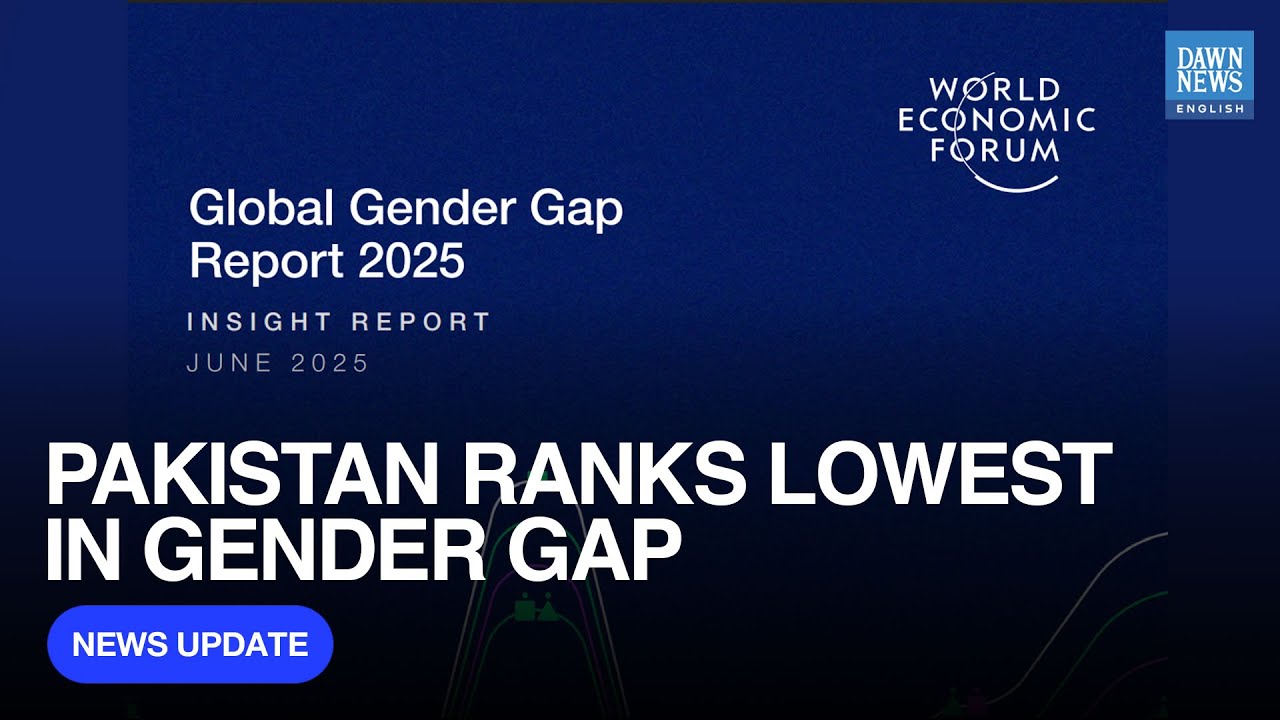
This year has been revealing for women in Pakistan. From the delayed justice in the Noor Mukadam case to the swift arrest of the accused in the tragic murder of TikToker Sana, we’ve witnessed a painful contrast. These incidents sparked national outrage, igniting debates and a renewed demand for institutional accountability. Social media played a powerful role consistently amplifying these stories and bringing them into the mainstream. Even a modest yet significant legislative milestone raising the legal age of marriage to 18 was met with backlash, reminding us that every step forward is hard-won. Ironically, Punjab, often praised for its development indicators, has yet to pass this bill.
Yet on the digital front, women’s progress is more visible. Around 8 million women came online in the past year alone. The GSMA 2025 report highlighted Pakistan for increasing mobile internet access among women driven by both global and local initiatives. However, with the highest rate of phone borrowing among women, it’s alarming that 60–70% still only use mobile devices for TikTok. This represents both a deep concern and an untapped opportunity.
Amid this, the Global Gender Gap Report 2025 ranked Pakistan dead last 148 out of 148 countries with an overall gender parity score dropping from 57% to 56.7%. Economic participation remains among the lowest globally, even as female literacy has risen to 48.5%. Women’s representation in Parliament inched upward, but the number of women ministers dropped to zero remarkably, in the same year Pakistan appointed its first female Chief Minister.
the Global Gender Gap Report 2025 ranked Pakistan dead last 148 out of 148 countries with an overall gender parity score dropping from 57% to 56.7%
These rankings, however, rely on relative gender gaps not absolute improvements. They use a standardized global formula that often overlooks the nuances of informal economies, where most Pakistani women live and work. The absence of localized data means grassroots progress remains invisible. The National Commission on the Status of Women has already questioned the report’s methodology and requested access to its underlying data points. For those of us working with women at the grassroots level, this ranking feels detached from reality. It tells a story of failure, while millions of women are actively reshaping their futures learning skills, launching businesses, and building more resilient communities. These quiet victories rarely make headlines, let alone get counted in global indices.
Yes, Pakistan lags behind in many areas of gender development but recent progress, however incremental, is undeniable. Between 2018 and 2025, female literacy rose from 44% to nearly 52%. That’s not trivial. And yet, international rankings continue to reduce Pakistan to a cautionary tale, often serving as justification for short-term donor-funded projects with limited lasting impact. We’ve seen this cycle before: programs wrap up in months, and local social enterprises are left chasing grant themes instead of building sustainable models. This dependency diverts attention from community-rooted work and undermines long-term progress.
Gender equality isn’t a global contest it’s a local journey. Pakistani women are making meaningful progress that deserves recognition not invisibility. Rather than wait for international validation, we must build systems that reward real impact. This begins with data that reflects the actual lives, livelihoods, and leadership of women. Notably, the Punjab Gender Parity Report hasn’t been published at the national level since 2022. If revived and institutionalized at the provincial level, it could offer a more accurate picture of women’s realities and inform better, community-driven policies.
Meanwhile, small-scale social enterprises are doing what large institutions often cannot. They operate without large teams or budgets only requiring trust, flexibility, and recognition. Led by informal community leaders, these groups solve real problems with empathy and insight. Social media has given many women their first platform to speak up but now we must ensure they are supported beyond visibility. That means providing seed funding, technical training, and collaboration with both public and private sectors.
If we truly want change, we must fund outcomes not optics. We must listen to the women already doing the work quietly and effectively, and elevate them as ambassadors rather than constantly launching new projects that replicate foreign models or serve political ends. That is the real gender story of Pakistan in 2025. And in the next six months, we can only hope for a shift from symbolic gestures to systemic support, from visibility to value.




